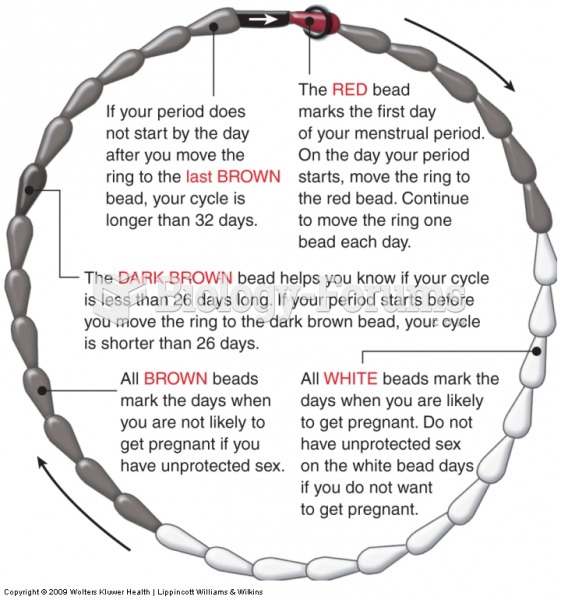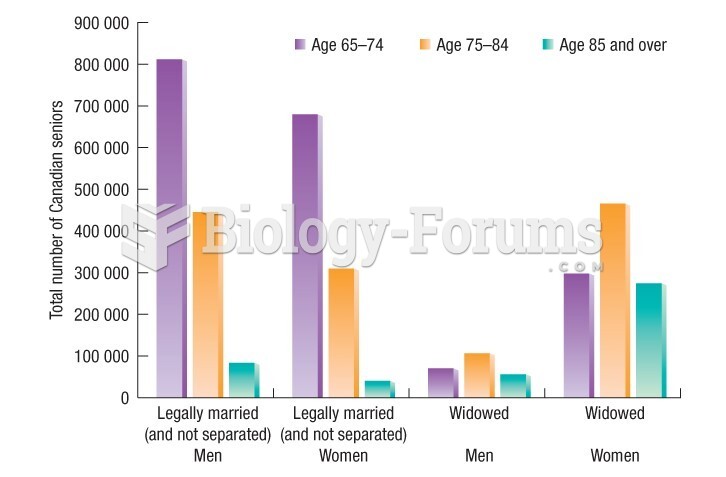Answer to Question 1
True
Answer to Question 2
Sociologist Herbert Blumer developed a typology in which crowds are divided into four categories:
1 . Casual crowds are relatively large gatherings of people, who happen to be in the same place at the same time; if they interact at all, it is only briefly. People in a shopping mall or a subway car are examples of casual crowds. Other than sharing a momentary interest, a casual crowd has nothing in common.
2 . Conventional crowds are made up of people who come together for a scheduled event and thus share a common focus. Examples include religious services, graduation ceremonies, concerts, and college lectures. Each of these events has preestablished schedules and norms. Because these events occur regularly, interaction among participants is much more likely; in turn, the events would not occur without the crowd, which is essential to the event.
3 . Expressive crowds provide opportunities for the expression of some strong emotion (such as joy, excitement, or grief). People release their pent-up emotions in conjunction with other persons experiencing similar emotions.
Examples include worshippers at religious revival services; mourners lining the streets when a celebrity, public official, or religious leader has died and revelers assembled at Mardi Gras or on New Year's Eve at Times Square in New York.
4 . Acting crowds are collectivities so intensely focused on a specific purpose or object that they may erupt into violent or destructive behavior. Mobs, riots, and panics are examples of acting crowds. A mob is a highly emotional crowd whose members engage in, or are ready to engage in, violence against a specific targeta person, a category of people, or physical property. Mob behavior in the U.S. has included lynchings, fire bombings, effigy hangings, and hate crimes. Mob violence tends to dissipate relatively quickly once a target has been injured, killed, or destroyed. Compared with mob actions, riots may be of somewhat longer duration. A riot is violent crowd behavior that is fueled by deep-seated emotions but not directed at one specific target. Riots are often triggered by fear, anger, and hostility. A panic is a form of crowd behavior that occurs when a large number of people react to a real or perceived threat with strong emotions and self-destructive behavior.







